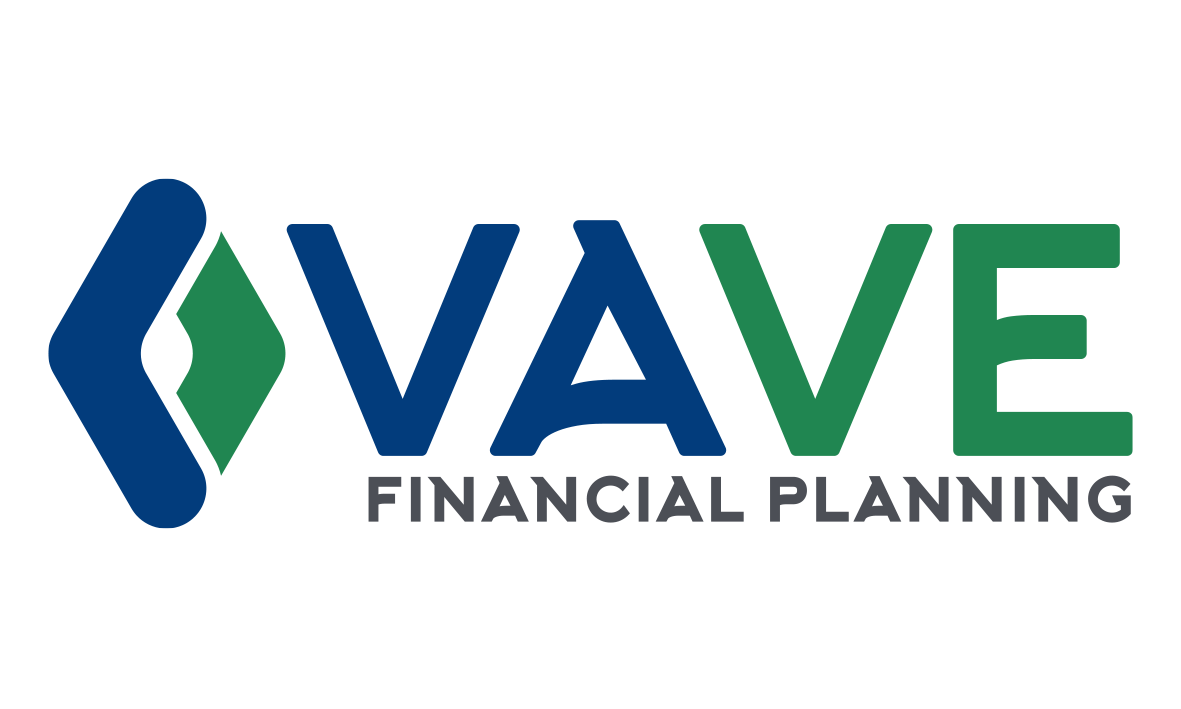When was the last time you tried to build a piece of furniture without instructions? Or complete a puzzle without the final picture in view? Or refuse to consult a map when you're lost? Knowing your goal and following a plan isn't "the easy way" out. It's just smart. (Seeing flashbacks from that last road trip or IKEA build yet?) The same can be said about planning for your retirement or better: financial independence. Ask yourself:
- What do I want my retirement to look like?
- How much do I need to make that happen?
- What types of investment or savings tools will help me get to that number?
- How much do I need to put away each year?
If you don't have the answers to these questions yet, you might benefit from a little reverse engineering.
“Begin with the end in mind”
What is Reverse Engineering?
During my 15 year career as an engineer, my colleagues and I conducted numerous VA/VE (Value Analysis/Value Engineering) type projects to help our clients reduce costs and improve designs. Reverse Engineering of a product was one of the methods we used, and consisted of tearing apart a finished product to study its parts, design, and overall efficiency. We did this with motor vehicles, lawnmowers, household appliances, and one time, even a casket!
First step: Determining your lifestyle costs in retirement
Before we even start trying to reverse engineer your retirement, we need to first make an estimation of your lifestyle expenses. This of course depends on what type of lifestyle you would like to live. How much will you want to travel? What type of hobbies would you like to do?
Reverse Engineering the Amount you Need for Retirement
Taking an engineering approach to financial planning has naturally led me to view retirement as an exercise in reverse engineering. Let's start by setting a few general variables:
Retirement Age: 65
Expected Life Span: 95
Lifestyle Costs in Retirement: $60,000/year
Income/Pension/Government Benefits in Retirement: $30,000/year (after tax)
Rate of Return: 6%
Inflation: 2%
With these variables, we can work backwards and using some math, figure out that at 65, this client would need around $520,000, ignoring taxes.
Future taxes depend on what type of investments their portfolio is in (RRSP, TFSA, non-registered) and the type of income they will earn. We could then make an assumption for the client's average tax (say 20% for this example). Therefore factoring his tax rate this would bring his required Retirement Nest Egg or Magic Number at 65 to $650,000.
Reverse Engineering how much you need to save each year
Now that we know we need a nest egg of $650,000 at age 65 to maintain this lifestyle until age 95, we can once again use some Reverse Engineering to work out how much we need to save/invest each year.
This exercise will again consist of taking numerous variables:
Target Portfolio at 65: $650,000
Rate of Return: 6%
Inflation: 2%
Current age: 30
Current portfolio: $50,000
With these variables, we can work backwards and using some math, figure out that this client would need to save/invest around $6,200 per year to achieve the goal of having $650,000 at age 65.
In both these calculations, the input variables can be changed depending on the client.
Summary
The above two calculations are an example of how using Reverse Engineering and working backwards from a goal can help make clear some of the unknowns and questions many people have about their finances. Reverse Engineering, as well as other VA/VE (Value Analysis/Value Engineering) tools are helpful when analyzing financial situations and in quantifying elements within a Financial Plan. See my post "What is VAVE?".
If you feel like nerding it up and discussing some of the math behind the above calculations, or if you want to figure out what your magic number is, contact me at nhui@vavefinancial.com to set up a free consultation.

